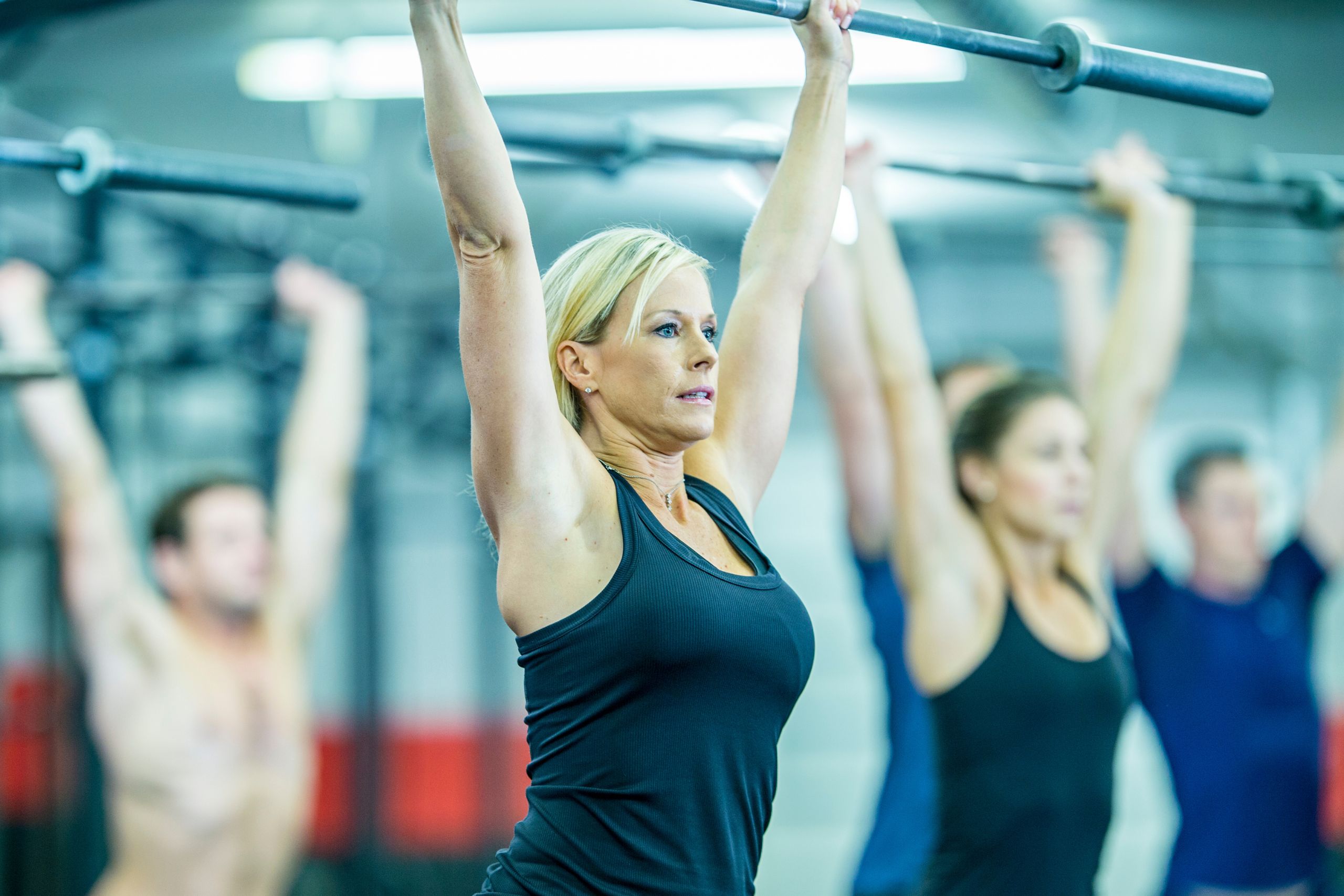Who would have thought that an anxiety-provoking sprint after the bus could illicit, and even add to your physical activity?
Some neat new research into Incidental Physical Activity has eluded some unsuspecting findings that I will elaborate on in this blog. First and foremost, I will provide a definition of what incidental physical activity is.
What is incidental physical activity?
Incidental physical activity is any form of activity of one’s daily living that is not associated with the purpose of health nor a sacrifice of one’s time (1). Examples include: walking a short distance to the bus-stop, taking flights of stairs at work (notice the suffix is stairs) and riding to and from work. As mundane as these repetitive tasks may be there is a great opportunity to utilize more energy. For any nerds out there, ATP!
In a editorial published in the reputable journal: British Journal of Sports Medicine, Stamatakis et al, took two sedentary healthy groups. The active group was asked to walk three flights of stairs, every four hours of his/her working day, three days per week for two weeks. The control group remained sedentary for the two weeks of the short study. The independent variable was measuring cardio-respiratory fitness which we have good evidence is a strong predictor for mortality. Findings from the aforementioned found that the active group’s cardio-respiratory fitness had a significant statistical improvement over the control group.
Now there are limitations to this study (age cohort, duration of study). However, to mandate incidental physical activity as a genuine form of physical activity is great. I hope to see incidental physical activity implemented, along with the physical activity guidelines. The guidelines are: 150 minutes of moderate aerobic physical activity a week; along with two resistance sessions per week.
So what is the punch line?
Intensity will also contribute to overall cardio-respiratory fitness. There is continuing evidence that short bursts of high intensity exercise, lasting 5-10 seconds is extremely beneficial to the power-house of the cell: Muscle Mitochondria Biosynthesis (1). Climbing a few flights of stairs with a little vigor will nicely spike the heart rate for a short period. It may even help with an adrenaline release, if one is on their way to an important meeting.
So now that i have given you the gist of incidental physical activity, what would this look like in a typical day?
For example: 5 minutes walk up-hill to the bus stop (am), 1 minute walk up the stairs to work (am), Brisk walk home from the bus stop- 3 minutes (pm), playing with your children/participating in their physical activity 15 minutes + (pm), carrying the shopping into the house 1+ minute (pm). As you can see, there are ample times in the day to increase one’s heart rate, utilize strength, and fast-twitch muscle recruitment.
Have a good think about what resources you have access to. Make a conscious effort to utilize your resources. And have a good go! Of course. Always consult with your GP and Exercise Physiologist when increasing your level of physical activity.
Would you like to re-assess your health behaviours and identify what you need to work toward over the coming year?
Our scorecard is a quick and simple questionnaire to help you do this.
Take The Scorecard Here
It’s free and only takes 7 minutes
- Stamatakis, E., Johnson, N., Powell, L., Hamer, M., Rangul, V. and Holtermann, A. (2019). Short and sporadic bouts in the 2018 US physical activity guidelines: is high-intensity incidental physical activity the new HIIT?. British Journal of Sports Medicine, pp.bjsports-2018-100397.
Photo by Steven Lewis on Unsplash














This is an informative post. Got a lot of info and details from here. Thank you for sharing this and looking forward to reading more of your post.
Health Fitness Nutrition
Dear Fitness-health-forever,
Thank you kindly for your response ands kind words.
There is some great papers coming out on all-things regarding physical activity.
Kind regards,
James